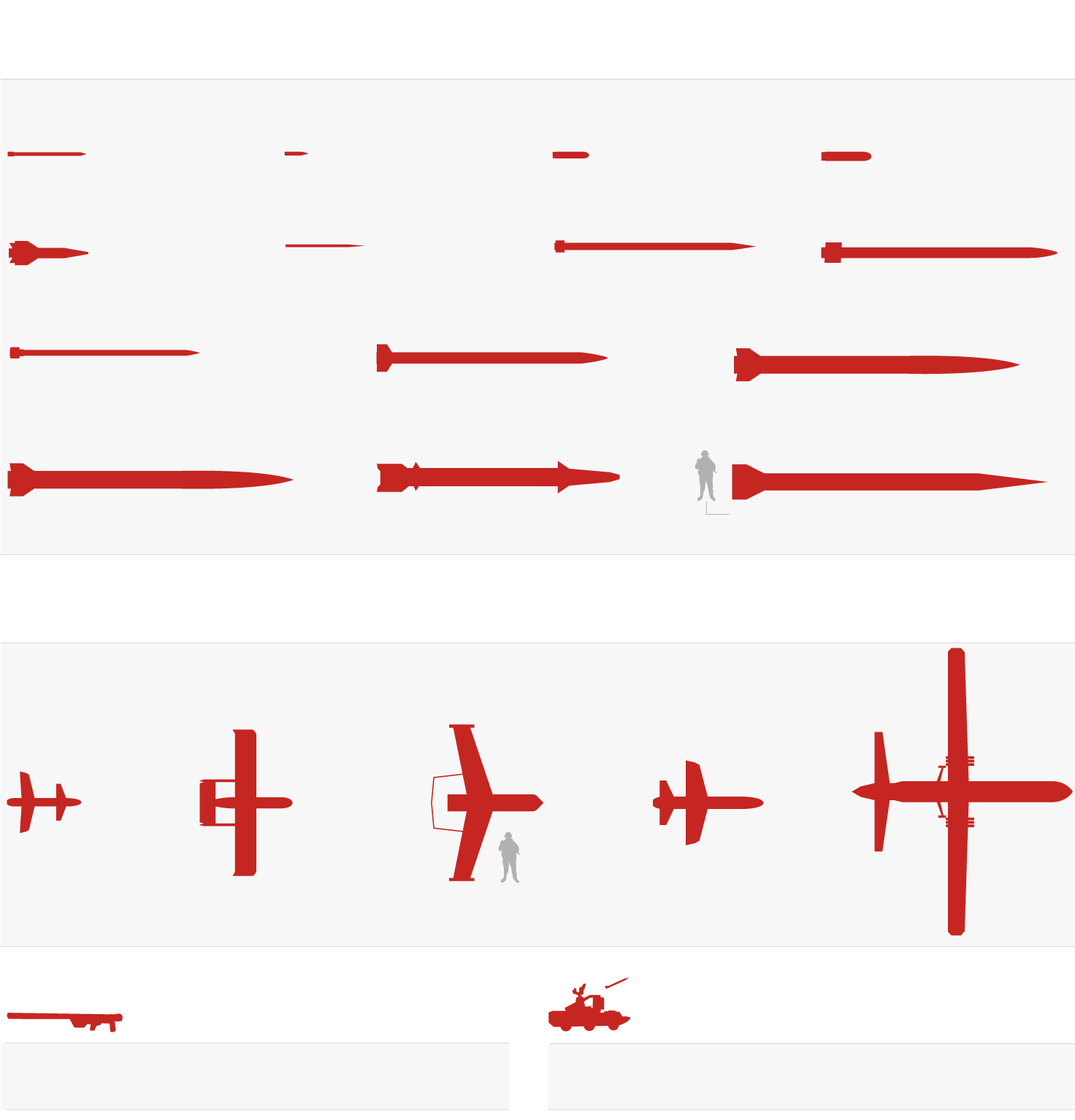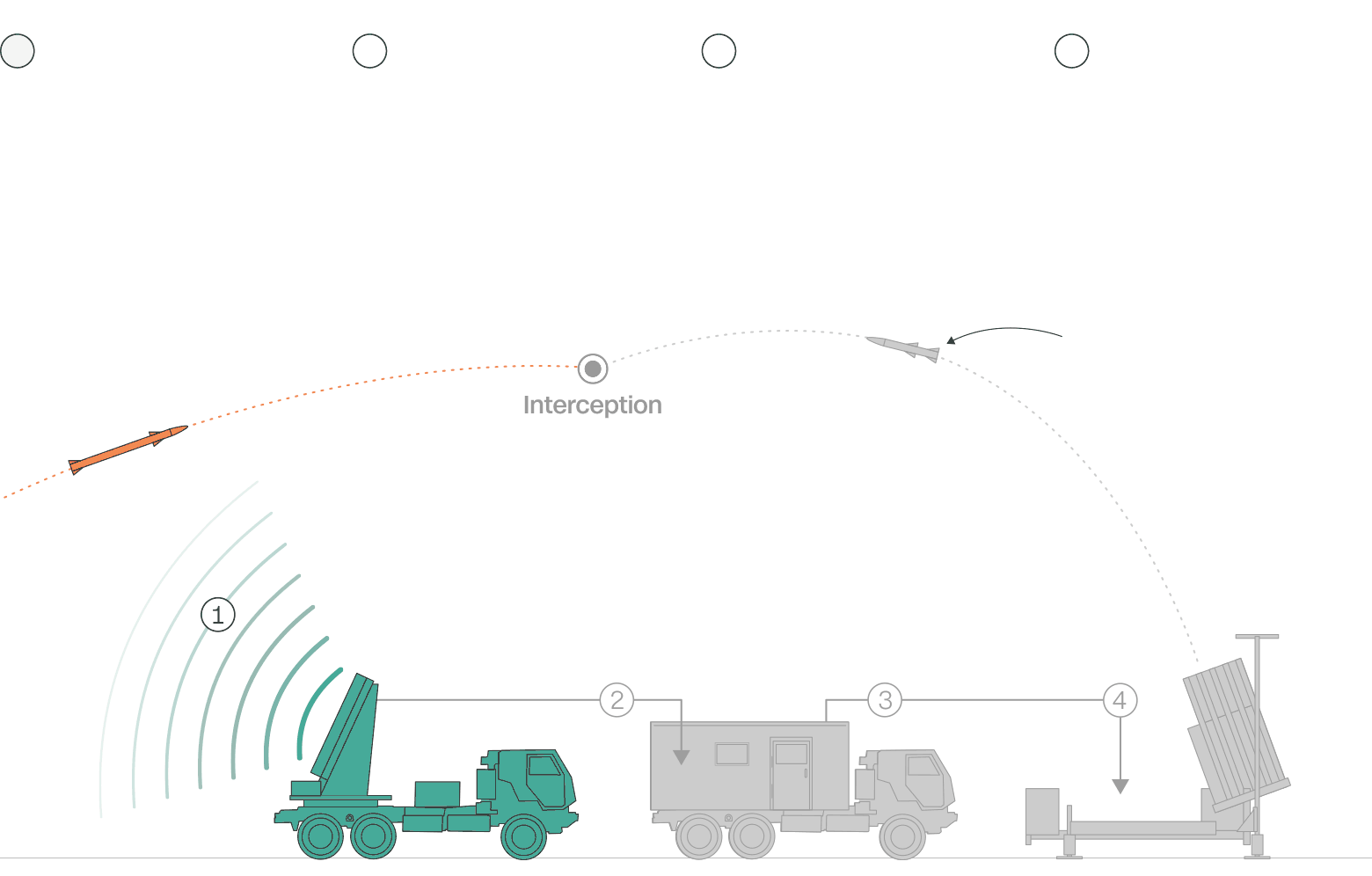 |
| Hezbollah: What weapons does it have? A visual guide | MRK News |
MRK News
Hezbollah is believed to be the most heavily armed non-state group in the world. Backed by Iran and based in the eastern Mediterranean country of Lebanon, the Shia Islamist group has been engaged in confrontations with Israeli forces on Lebanon’s southern border since October 8.
The cross-border hostilities have raised the specter of a regional conflagration and prompted intense diplomatic efforts to de-escalate tensions. Though no match for Israel’s military might, Hezbollah’s increasingly sophisticated arsenal has the potential to inflict significant damage on Israel and its allies in the region.
Israel would also have to contend with Hezbollah’s strategic depth. The group is part of an Iran-led axis of militants spanning Yemen, Syria, Gaza and Iraq. Some of these groups have increased coordination significantly since October, when Israel launched a war in Gaza after Hamas-led militants attacked the country. This axis is known in Israel as the “ring of fire.”
Over the course of the past ten months, Hezbollah’s partners in the region have been engaged in a simmering conflict with Israel and its allies. Yemen’s Houthis have sporadically fired at vessels in the Red Sea, an artery of global trade, as well as on Israel. Islamic Resistance in Iraq, an umbrella group of hardline Shia factions, has also launched attacks on US positions in that country. The axis has conditioned the cessation of those hostilities on a ceasefire in Gaza, rebranding themselves as a “supportive front” for Palestinians in Gaza, as described by a senior Hezbollah leader.
Hezbollah’s fighting force emerged from the rubble of Israel’s 1982 invasion of Beirut. At the time, it was a rag-tag group of Islamist fighters supported by Iran’s fledgling Islamic Republic. This was followed by a meteoric rise in the group’s military and political might. In 2000, its guerrilla fighters forced Israeli forces to withdraw from south Lebanon, ending a more-than-20-year occupation. In 2006, it survived a 34-day war with Israel that wreaked havoc on Lebanon.
During Syria’s uprising-turned-civil war in the 2010s, it fought on behalf of Syrian President Bashar al-Assad as he brutally quashed armed opposition forces and inflicted a huge civilian death toll. As it fought in the trenches of that nearly decade-long war, Hezbollah became seasoned in urban warfare and solidified its alliances with other Iran-backed groups fighting in Syria. It also cleared a vital supply route for weapons between Iran and Lebanon, via its partners in Iraq and Syria, further bolstering its arsenal.
Hezbollah's extensive military arsenal
Hezbollah is probably the most heavily armed non-state group in the world, with an arsenal that is more sophisticated and destructive than Hamas. But it’s still outmatched by Israel’s military.

Throughout its decades-long conflict with Israel, Hezbollah has been engaged in asymmetric warfare. It has sought to grow its political and military might, while seeking to establish deterrence despite Israel’s military superiority.
But Hezbollah threads the needle carefully. Provoking Israel’s full firepower could significantly degrade the group’s capabilities, setting it back years – if not decades – and destroying large parts of Lebanon, which has buckled under the weight of its years-long financial crisis.
The group has already lost more than 400 fighters, including commanders, in border confrontations with Israel since October. Around 150 civilians have been killed in Israeli strikes, according to CNN’s analysis of publicly available figures. The impact on Israel has also been considerable, with over 60,000 people displaced from its northern border area, and scores killed, including soldiers and civilians.
Israeli military significantly outnumbers Hezbollah
Military analysts estimate Hezbollah has 30,000-50,000 troops, but earlier this year their leader Hassan Nasrallah claimed his group boasts more than 100,000 fighters and reservists.

As the confrontations at the border continue, Hezbollah has sought, with some success, to undermine Israel’s vaunted missile defense system known as the Iron Dome. It has tried to do so by attacking its platforms and overwhelming it with swarms of drones and short-range missiles in order to open a path for other projectiles to reach deeper into Israeli territory.
How it works: Israel's Iron Dome defense system
The mobile air defense system is made up of 10 batteries that each carry three to four maneuverable missile launchers, with each missile costing an estimated $40,000 to $50,000. Their strategic placement provides a defense barrier against rockets, mortars and drones for up to 60 square miles of populated areas and Israel has in the past claimed a success rate over 90%.

Detect
Predict
Assess
Intercept
1
2
3
4
The radar identifies an incoming rocket within 2.5 to 43 miles, or 4 to 70 kilometers, from the battery and sends information about the rocket’s path to the command-and-control center.
The control center calculates the location of impact and predicts whether the rocket is going to strike inhabited areas.
The system targets rockets that pose the greatest threat to urban areas and infrastructure when dealing with multiple simultaneous threats, ignoring rockets that are likely to hit unpopulated areas or the sea.
The control system connects to a launcher that fires a missile to destroy the rocket if an interception is deemed justified.
Tamir missile
10 feet (3 meters) long
198 lbs (90kg)
Incoming
projectile







.jpg.webp)


.jpg)

.jpg)



